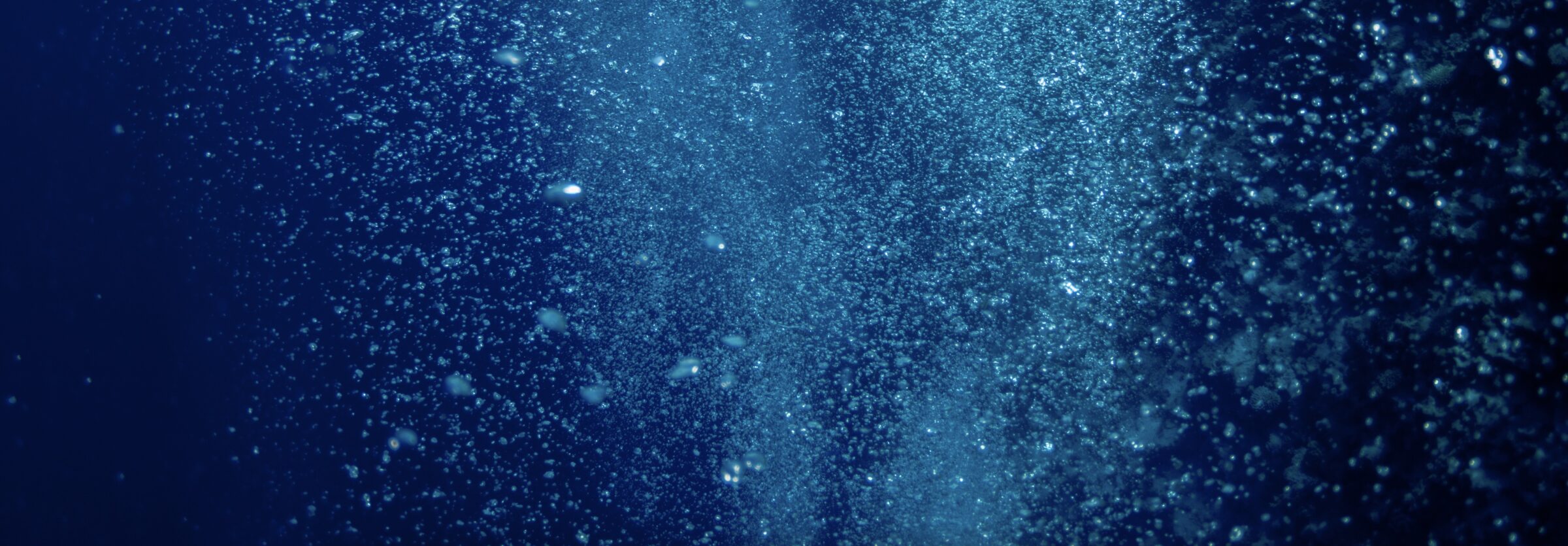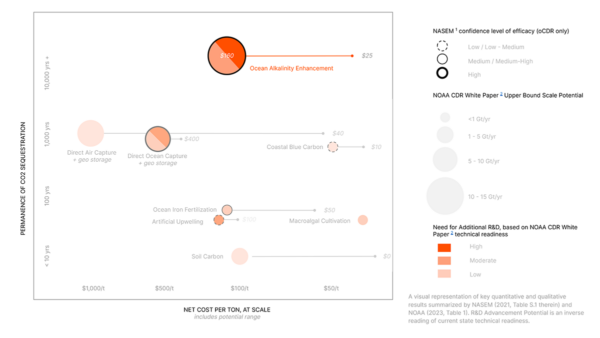

The Carbon to Sea Initiative is a nonprofit program that evaluates whether ocean alkalinity enhancement can safely remove and store billions of tons of atmospheric CO2 at scale.
Additional Ventures created and spun out the Carbon to Sea Initiative, an ambitious effort to advance ocean alkalinity enhancement (OAE) as a potentially safe and scalable method to remove atmospheric CO2. Carbon to Sea supports rigorous scientific research, innovative engineering work, and prudent policy development. It is funded by leading philanthropies committed to climate research and ocean conservation.
Why Ocean Alkalinity Enhancement?
Scientists agree that OAE has enormous potential to permanently remove and store carbon and more funding for research is needed. The ocean already contains 50 times more carbon than the atmosphere and permanently locks away over a gigaton of atmospheric CO2 every year via a natural process called “weathering.” As alkaline rock washes into the sea, it neutralizes harmful acid and enables the ocean to pull more CO2 from the air and safely store it. OAE could dramatically accelerate this natural process while counteracting ocean acidification.
The Promise of Ocean Alkalinity Enhancement
Ocean alkalinity enhancement is a particularly promising ocean CDR approach. Below is a visual representation of key quantitative and qualitative results summarized by National Academies of Sciences, Engineering, and Mathematics (NASEM) (2021, Table S.1 therein). Note that some of the most cost-effective and scalable “electrochemical processes” described increase the alkalinity of seawater, and/or force the precipitation of solid alkaline materials that can be used for OAE.
